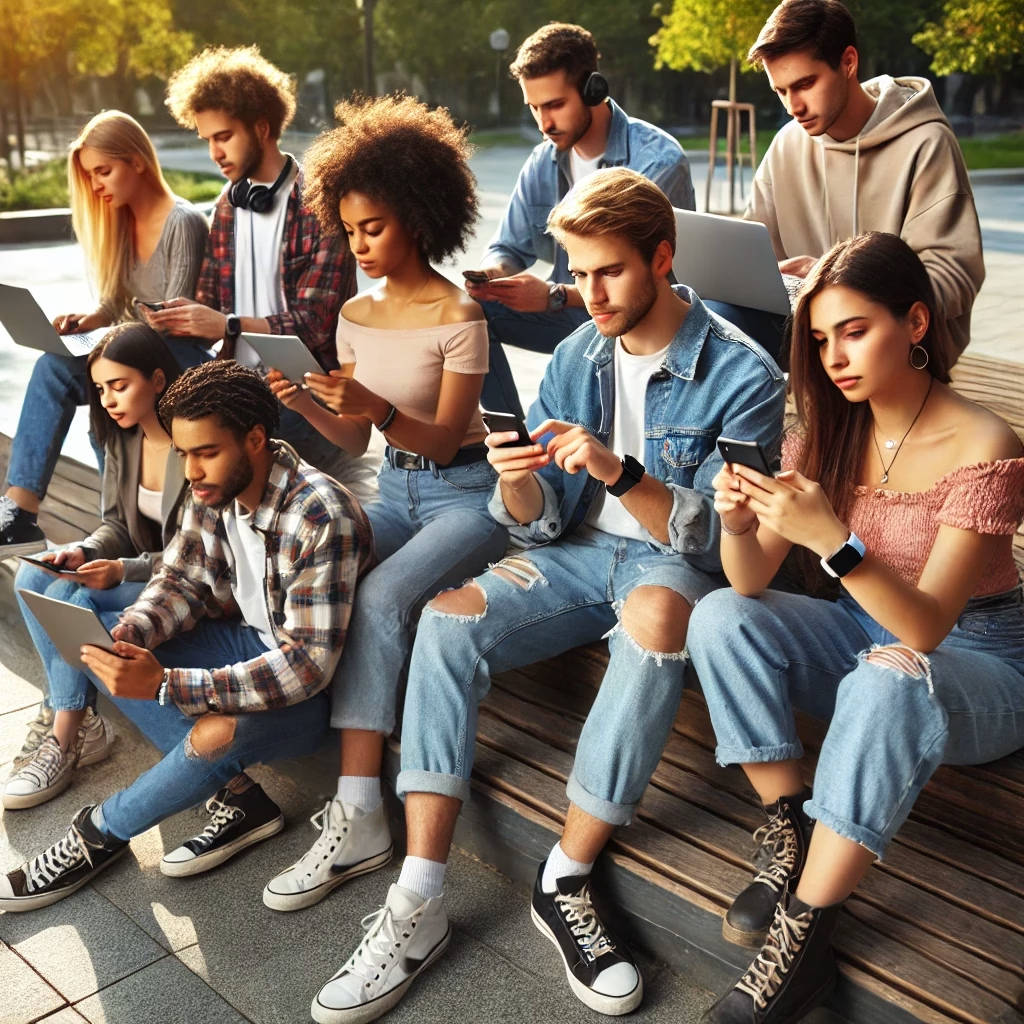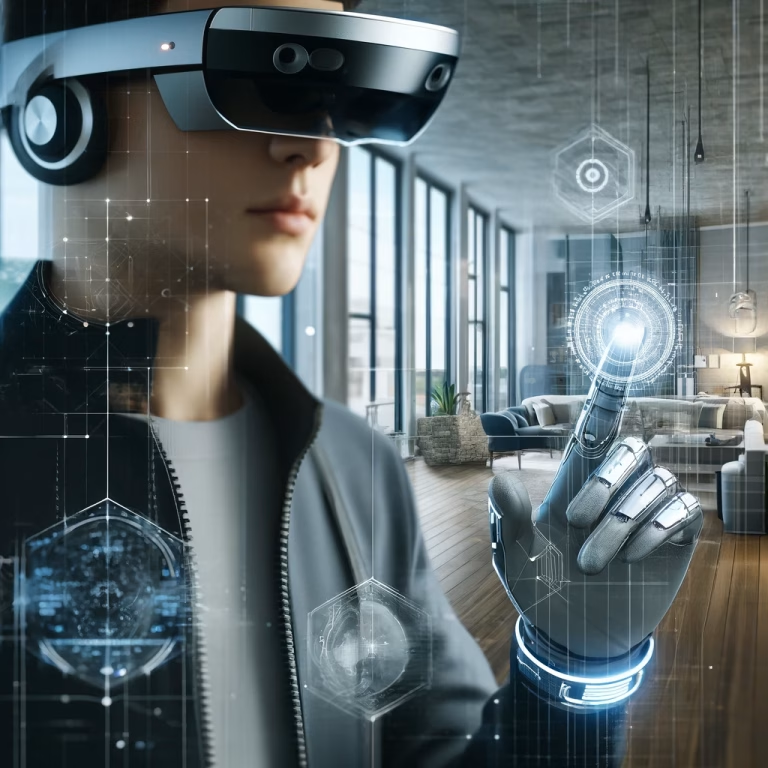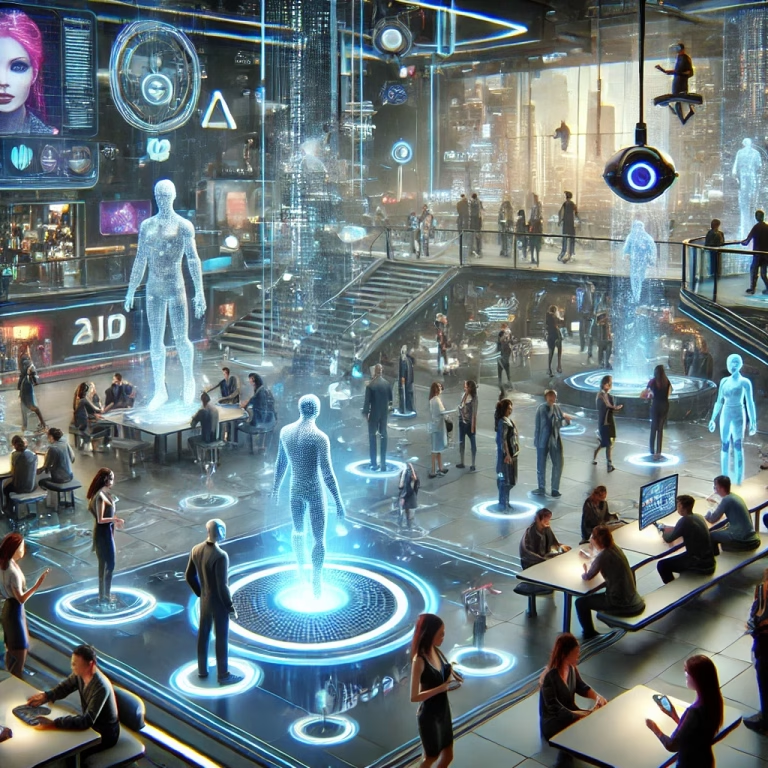
In today’s fast-paced world, digital culture has become the heartbeat of Gen Z — the generation born roughly between 1997 and 2012. From TikTok trends to Snapchat streaks, digital platforms have drastically transformed how this tech-savvy generation communicates, connects, and defines their sense of identity.
But how deep does this influence go? Let’s explore how digital culture is reshaping the way Gen Z interacts with the world — and how it’s crafting a brand-new blueprint for communication and identity in the digital age.
What is Digital Culture?
Before we dive into Gen Z specifics, let’s define what we mean by digital culture. It refers to the practices, values, and social behaviors that emerge through online interactions. This includes:
- Social media trends
- Memes and viral content
- Online communities and fandoms
- Influencer and creator economies
- Digital activism
Digital culture is more than just internet usage — it’s a lifestyle shaped by real-time content, algorithmic feedback loops, and endless connectivity.
👉 Want to learn more about digital culture? Check out DigitalCulture.org.
Gen Z: The First Truly Digital-Native Generation
Unlike Millennials, who experienced a hybrid of analog and digital, Gen Z has grown up with smartphones, Wi-Fi, and social media as constants. According to a Pew Research Center study, over 95% of teens have access to a smartphone, and 46% say they are online “almost constantly.”
This digital immersion has shaped their expectations, habits, and even emotional language.
Key Traits of Gen Z Digital Natives:
- Visual-first: Emojis, GIFs, filters, and videos speak louder than words
- Authentic and unfiltered: They value real over polished, raw over rehearsed
- Community-driven: Online groups and niche communities offer identity anchors
- Fast, fluid, and fragmented: Information is consumed in bites, not blocks
Communication in the Age of DMs and Memes
Gone are the days of long emails and phone calls. For Gen Z, communication is quick, clever, and often visual.
🔹 Emojis as Emotional Language
Gen Z has essentially created a new digital dialect. Emojis and memes act as emotional shorthand. A 🧠💥 (mind-blown) or 😭 (crying) can convey more than paragraphs. This visual language has turned communication into a creative, expressive art form.
📌 Tip for brands: To connect with Gen Z, learn their visual lingo. Humor and relatability go a long way.
🔹 Memes = Modern Storytelling
Memes are more than jokes — they’re cultural snapshots. Whether it’s a viral trend or a niche reference, memes reflect Gen Z’s worldview. They’re how Gen Z discusses politics, school stress, pop culture, and even mental health.
🔹 Short-form Video Rules
Platforms like TikTok and Instagram Reels have revolutionized communication. In just 60 seconds or less, Gen Z can tell stories, express themselves, and even spark social movements.
👉 Explore how short-form video is changing marketing on HubSpot’s blog.
The Impact on Identity and Self-Expression
Gen Z’s identity is closely tied to their online presence. The digital world offers both a canvas and a mirror — a place to create and a place to reflect.
🔹 Avatars, Usernames, and Online Alter Egos
From custom Bitmojis to curated Instagram grids, Gen Z experiments with multiple versions of themselves. They’re not bound to a single identity but explore different facets depending on the platform or context.
“Your Finsta (fake Instagram) is the real you.” — A common Gen Z sentiment
This fluidity empowers self-exploration but also brings challenges around authenticity and mental health.
🔹 Influence of Online Communities
Whether it’s #BookTok, K-pop fandoms, or gaming Discords, Gen Z finds belonging in online spaces. These digital tribes often offer more emotional support and validation than traditional real-life circles.
🧠 According to Common Sense Media, 76% of teens say online communities help them feel more accepted.
🔹 The Rise of Digital Activism
Gen Z doesn’t just scroll — they speak up. Social platforms give them a voice to champion causes, from climate change to social justice. Movements like #BlackLivesMatter and #FridaysForFuture gained momentum thanks to young digital activists.
Hashtags like #GenZforChange and #DigitalActivism are reshaping what it means to be politically and socially engaged.
Pros and Cons of the Digital Shift
Let’s take a balanced look at how digital culture impacts Gen Z’s communication and identity.
✅ The Pros
- Global connectivity: They can make friends across continents
- Creative freedom: Endless tools for self-expression
- Access to information: Knowledge is literally a click away
- Platform for change: Social media gives them a voice
❌ The Cons
- Comparison culture: Social pressure to be “perfect”
- Mental health risks: Screen fatigue, anxiety, FOMO
- Authenticity issues: The line between real and performative can blur
- Addiction and burnout: Constant notifications can overload the brain
📖 For more on digital well-being, visit Screen Time Balance.
How Brands, Educators, and Parents Can Adapt
If you’re a brand, teacher, or parent trying to reach Gen Z, it’s time to meet them where they are — and speak their language.
🔸 Embrace Authenticity
Gen Z can spot fakeness from a mile away. Be transparent and human in your messaging.
🔸 Use Multi-Modal Content
Mix text with videos, polls, GIFs, and interactive stories. The more engaging, the better.
🔸 Prioritize Mental Health
Support digital boundaries and encourage real-world balance.
🔸 Encourage Digital Literacy
Teach Gen Z how to verify sources, protect their privacy, and navigate digital identities.
Final Thoughts: Gen Z is Redefining Digital Culture — Not Just Consuming It
Gen Z isn’t just influenced by digital culture — they’re shaping it in real time. They’re turning hashtags into headlines, memes into movements, and platforms into platforms for purpose.
Their fluid communication styles and multifaceted identities signal a major cultural shift. And as technology continues to evolve, so will the way Gen Z relates to the world and to themselves.
For marketers, educators, and parents alike, understanding this digital pulse is key to meaningful connection.
So, next time you see a Gen Z teen texting only emojis or pouring their heart out on TikTok — know that you’re witnessing the future of human expression.
🔗 Helpful Resources & Further Reading
- Pew Research: Teens, Social Media & Technology
- Digital Culture & Society Journal
- Common Sense Media: Gen Z & Media Use
- Digital Wellbeing Tips by Google
📣 Share This Article
Found this post insightful? Share it with your community!
Hashtags:
#GenZ #DigitalCulture #SocialMediaTrends #GenZCommunication #OnlineIdentity #DigitalActivism #MentalHealthMatters














